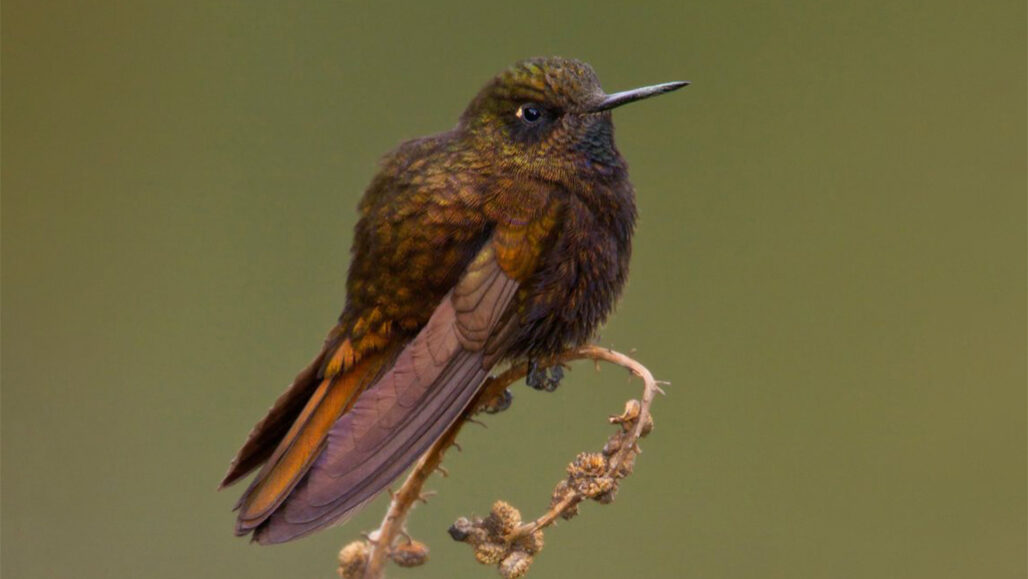Questions for “One hummingbird survives cold nights by nearly freezing stiff”

This bird, a black metaltail hummingbird, really knows how to chill out. To save energy at night, it can drop its body temperature to 3° Celsius (37° Fahrenheit).
Glenn Bartley/All Canada Photos/Alamy Stock Photo